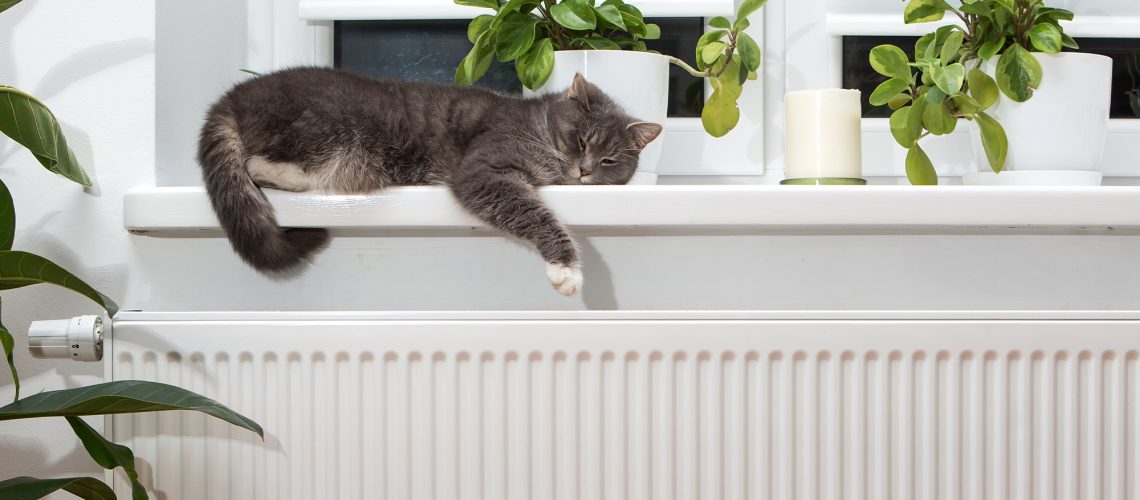In this blog, we take a look at the common practice of using radiators to heat each room in a home and what alternatives there are. We will be writing a series of blogs on what should be considered when heating specific rooms of the house (the links will appear here when they are published).
Central Heating Radiators
A simple yet effective invention that circulates hot water through a series of tubes, radiators transfer heat into a given space. So, how does it work? Our modern heating systems pump heated water from the boiler to the radiators through a pipework system. The water travels into and throughout the radiator, and then returns to the boiler. Modern radiators are manufactured from pressed steel panels with channels for the hot central heating water to pass through. Attached to the back of each panel are metal fins, known as convectors. The radiator is connected to the pipework in your house with radiator valves which adjust or isolate the water flow manually or thermostatically. See more on radiator valves here.
How Radiators Heats The Room
Radiators provide heat to the room by heating up the air closest to it. This heated air then begins to rise and starts a process of convection heating. Cooler air falls to the ground and passes the radiator forming a cycle of air in the room. Modern radiators with convectors increase the heated surface area making them more efficient.
Radiator Variations
Many of us will find at least one radiator in each room of our homes. There are many styles and features that can influence how to heat each room. Standard panel radiators are the preferred choice for most rooms. These are cheap, easy to install and look clean and tidy, but perhaps a bit on the dull side. Many designer styles are available which are expensive but do make a statement; if you have to have a large slab of metal on the wall in your room why not make it look good. Additional functions are available for radiators. Examples include towel rails, which are common in bathrooms and kitchens and for large space heating, fan assisted radiators are available.
Radiator Alternatives
Using the same principle of pumping water from a heat source, there are other methods of heating a room.
Skirting radiators are similar to conventional radiators but run the full length of a wall and are built into a skirting board. This method has some clear benefits over normal radiators as they:
- heat the room evenly;
- don’t use up wall space;
- heat up lower to the floor where the air is coolest;
- look neat and tidy.
Underfloor Heating
In the move to more open living spaces in homes, underfloor heating is seen as a preferred choice. The floor is heated using a loop or series of loops of pipework connected to a manifold. These systems are controlled by a separate circulating pump and a temperature control valve. These additional components are required in order to maintain a steady flow of heat through the floor. The surface area of the floor in a room is far greater than that of a radiator, therefore it doesn’t need to get as hot as a radiator would to transfer heat to the room. It does require the underfloor heating to remain set to the desired level throughout the cooler months to prevent the floor from cooling, as it would take a lot of energy to keep heating it up from cold.
There will be more articles to come about these types of heating output and will link them here when they are published.

